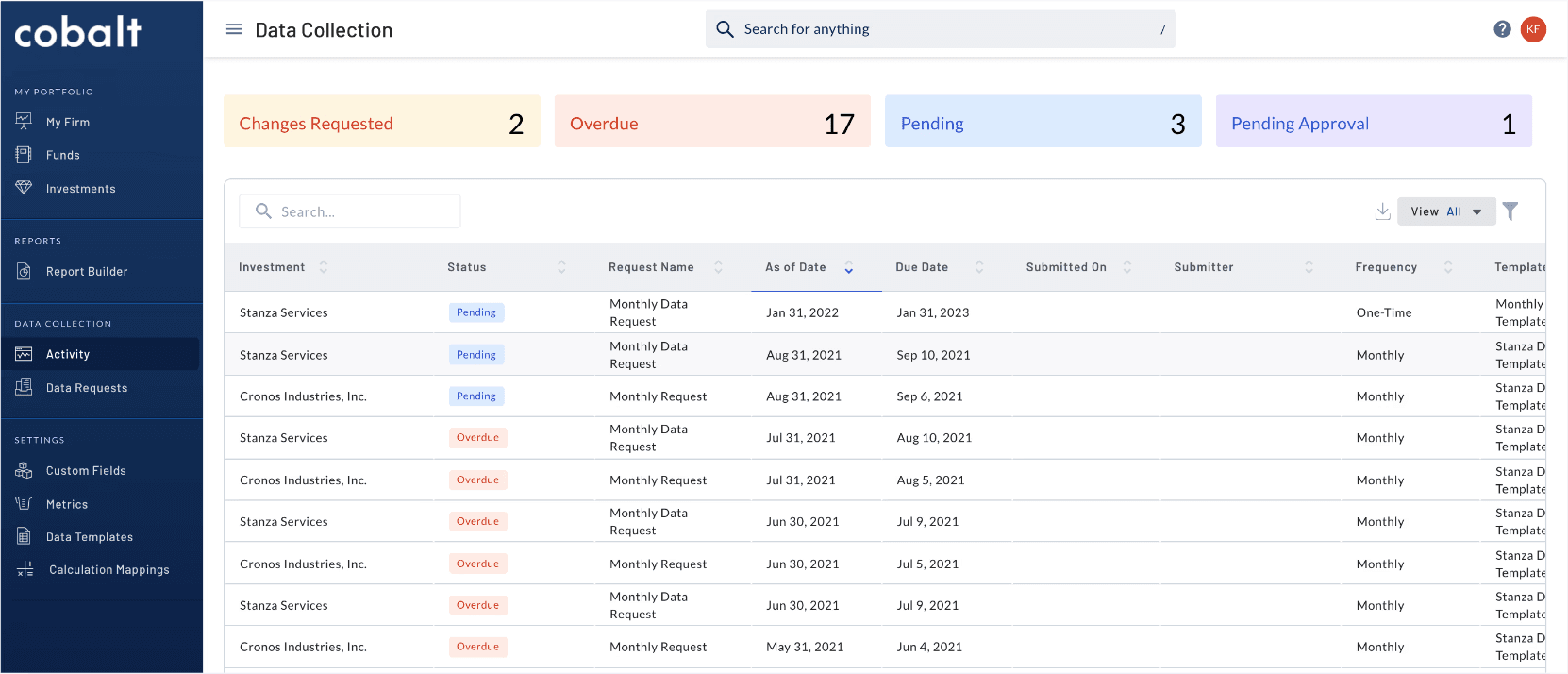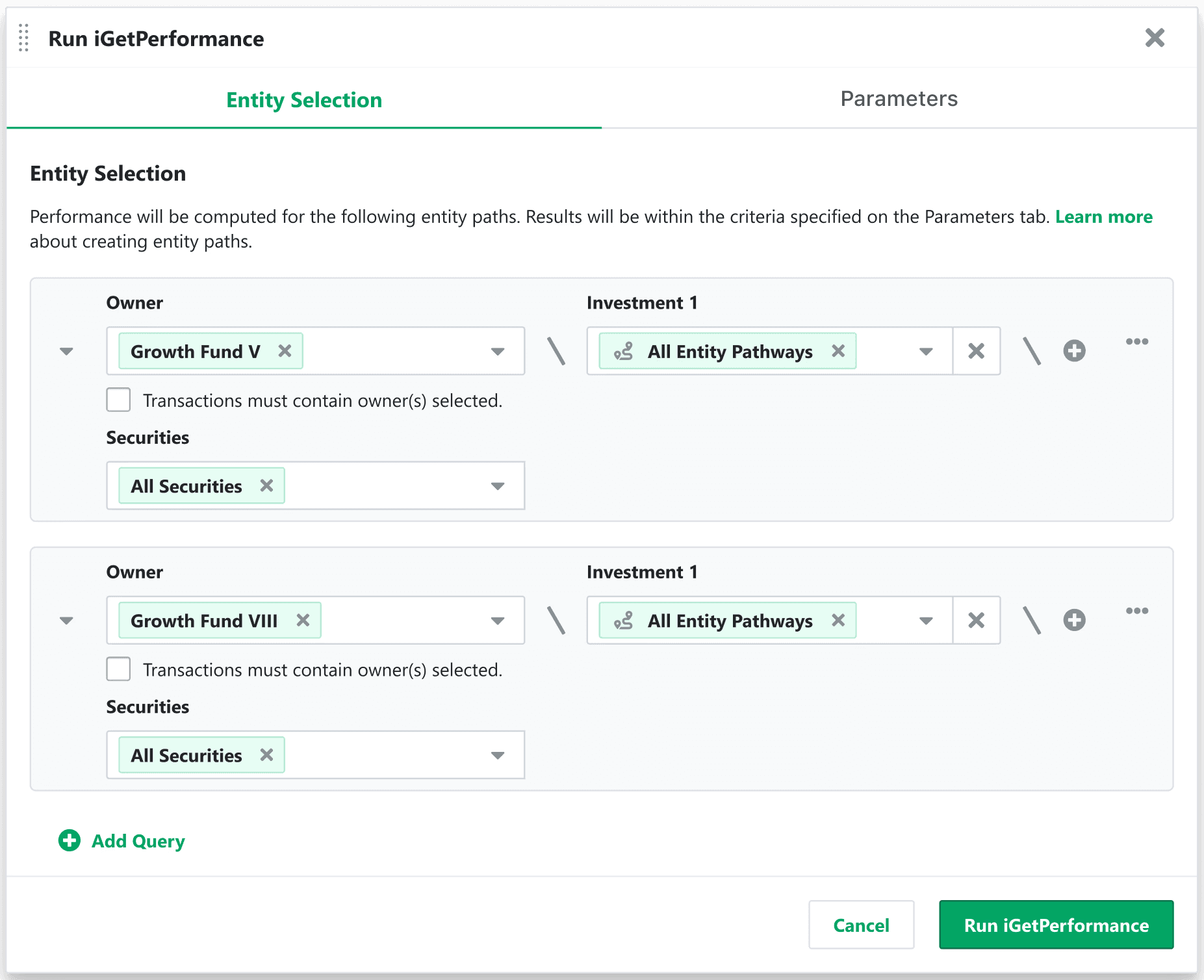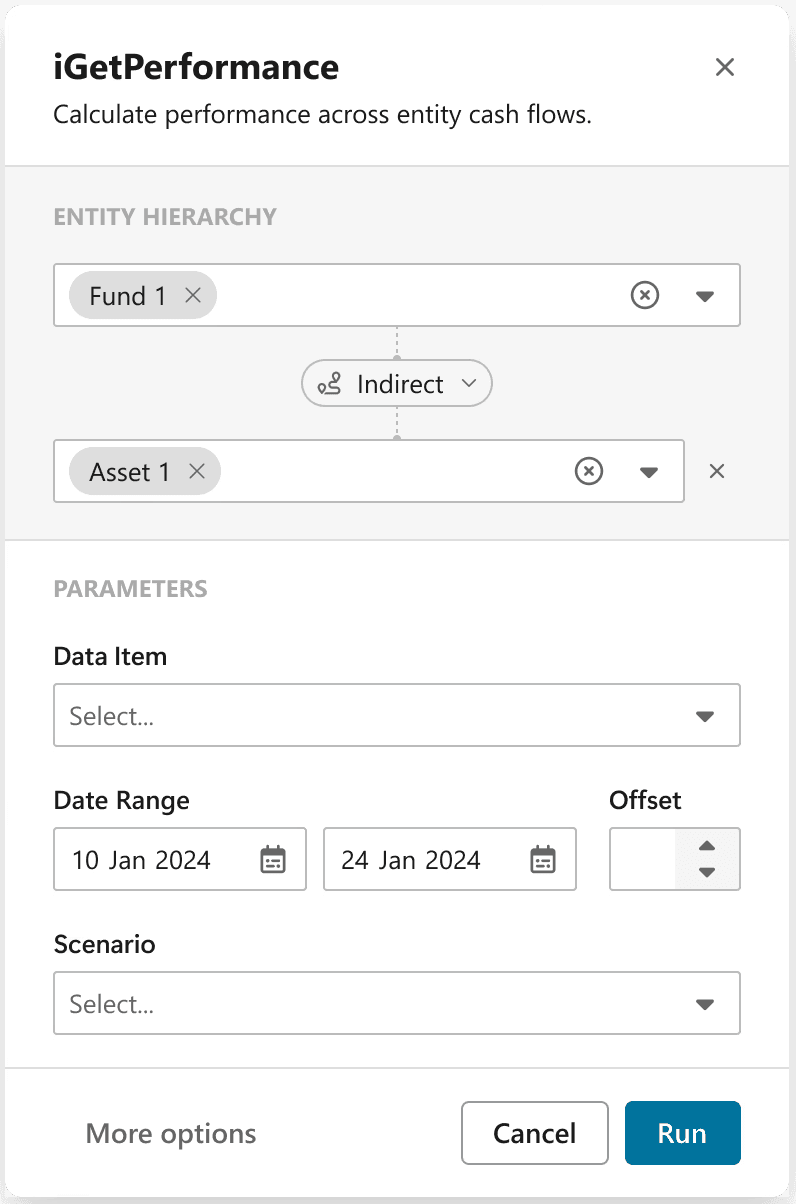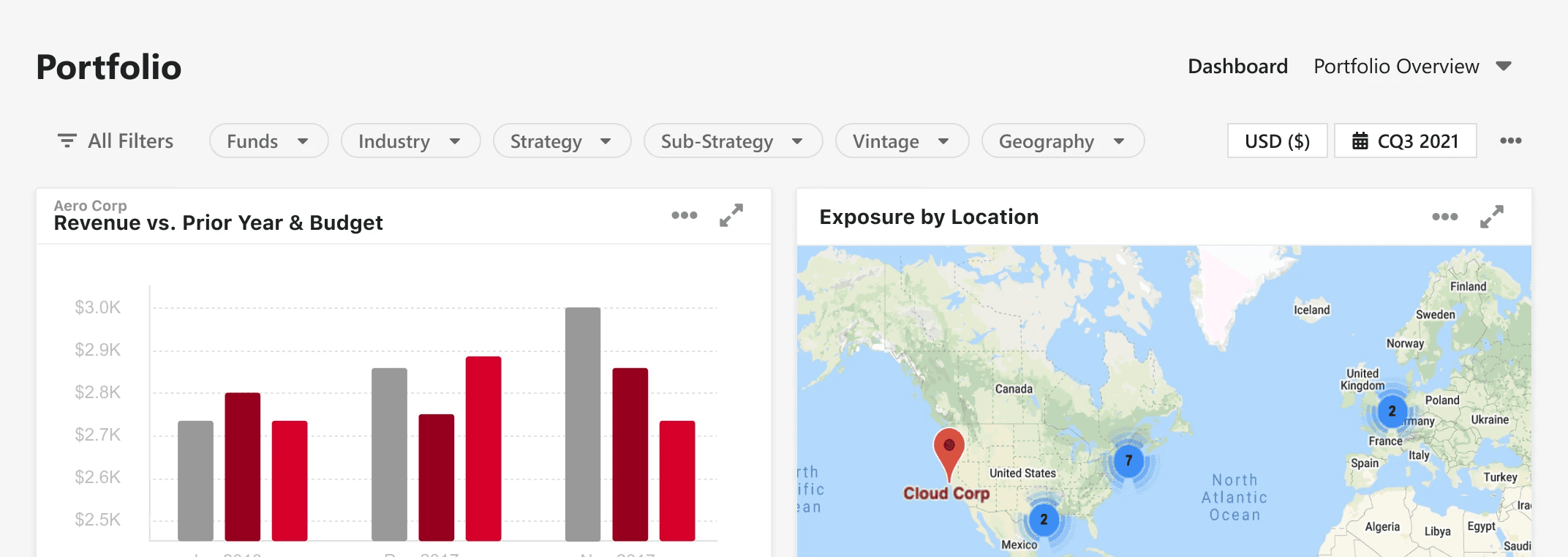
S&P GLOBAL
Revitalizing company culture and strategy
TL // DR
My organization was in an identity crisis: a sales-led culture and constant pivots had left our product disjointed and our customers feeling unheard. I used research to rally our Product and Commercial teams (80+ people) behind a unified vision to reinvest in the UX of our core features, producing work that kept us competitive in the market and rebuilt trust with our clients.
ROLES
Senior Product Manager, Senior Product Designer
Resting on sales-led laurels
Our portfolio monitoring product, iLEVEL, was the industry standard, but it looked and felt like legacy software (because it was). Years of sales-led pivots had left it powerful yet disjointed. While mature functionality kept us ahead, competitors were gaining ground with modern design and better usability, and clients were losing patience.
Us
Them
I led an effort to push the company to reinvest in UX — retaining clients, staying competitive, and shifting focus from short-term sales wins to long-term product value.
Finding a common cause
I wanted to find a North Star metric to unite the team. The product and commercial teams both mentioned wanting more Front-Office adoption (e.g. VPs and Managing Partners) as they decide on renewals, but no one had a clear measure of engagement.
When I dug into the data, I found most logged in only 1–2 times a year. Highlighting the severity of the adoption problem was the spark that finally got the team aligned and taking action.
Getting to the crux
Next, I drove research efforts to understand why there was such low Front-Office adoption. I led interviews with 8 high-adoption and 5 low-adoption clients to identify the key differences and uncover what drove Front-Office engagement.
Across all firms, Middle-Office teams acted as gatekeepers for creating iLEVEL reports and pulling financials. Both Middle- and Front-Office users wanted self-service access to investment insights, but Middle-Office didn’t trust less-technical Front-Office members to extract data correctly.
HIGH ADOPTION
DEDICATED OWNERS
+
PROCESSES & TRAININGS
+
INTERNAL EVANGELISM
However, high-adoption firms had dedicated Middle-Office teams that trained Front-Office users for independence while supporting complex report construction requests. Low-adoption firms lacked those resources, leaving Front-Office teams with poorly-maintained reports, and no ability to fix them.
So, what exactly makes iLEVEL feel so complicated?
It's undirected: users didn’t know where to start nor how to approach our tools.
It's overwhelming: we show so many settings, options, and features from one-off client requests that the average data consumer doesn’t understand or want to learn.
It's frustrating: for the users that do try to spend more time in iLEVEL, small UX papercuts erode trust over time.
AKA? Bad UX. I shared these findings with leadership, convincing them of the value of shifting away from “new shiny features” toward reinvesting in the basics.
Charting a return course
With my Head of Product, we created a three-part product strategy:
Deliver a big, marketable win to signal a shift in culture to our clients and support commercial needs.
Fix critical UX issues to regain trust in our clients feeling unheard.
Chip away at papercuts to continue building good faith with low effort.
This approach balanced customer trust with business needs—showing reinvestment in UX while delivering innovation to keep sales excited.
Projects and impact
// BIG WIN
AI Document Search
Lead Product Manager
AI Document Search lets users ask natural-language questions about their investments and get answers sourced directly from their iLEVEL documents, like financial statements and board decks, with citations. It enables front-office teams to self-serve insights safely, always traceable to the original source. Next, we’ll expand this to make all platform data searchable.
DESIGNS
IMPACTS
40% client adoption within the first two months, with power users logging 400+ sessions.
Became our #1 sales talk track, driving new client interest.
Featured on NYSE News by our Head of iLEVEL as a flagship innovation.
// RIGHTING WRONGS
Data Querying Cleanup
Senior Product Designer
A year earlier, we’d released an expanded version of our cash data querying tool—and it utterly flopped. Clients hated it's complexity, begging for the old design back. We went back to fix our mistake, restoring shortcuts to the most common query structure while preserving the new multi-level querying power.
DESIGNS
Before
After
IMPACTS
10/10 usability testers preferred the updated designs, which dramatically improved comprehension and task success.
This is a highly anticipated Q4 release for our client base.
// BUILDING TRUST
Quick Wins
Lead Product Manager
We updated core UI elements — clearer filters, smarter dashboard navigation via dropdown, and a reorganized sidebar aligned with key user flows.
DESIGNS
Filters & Dashboard Navigation - Before
Filters & Dashboard Navigation - After
IMPACTS
Notable uptick in positive UI mentions during sales conversations
Increased in-app survey feedback highlighting the new features and design improvements
Conclusion
For our clients, the impact was immediate. Within the first year of these features rolling out, we saw:
For our organization, this signaled a new shift: a culture where Product was steering the ship and design thinking finally had a proper seat at the table. I learned that true alignment across teams starts with transparency about each group’s goals, followed by agreement on which ones to prioritize. From there, it’s all about clearly connecting each decision back to that shared objective.











